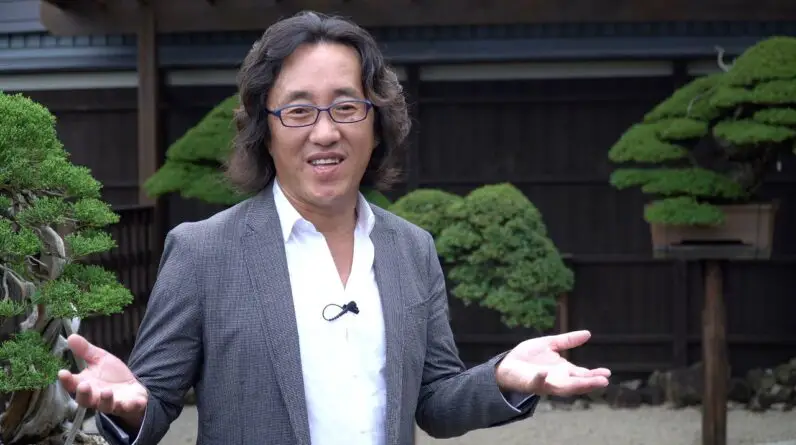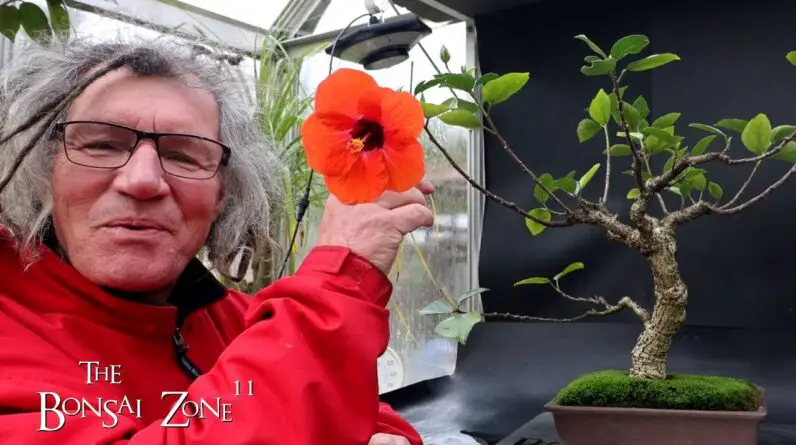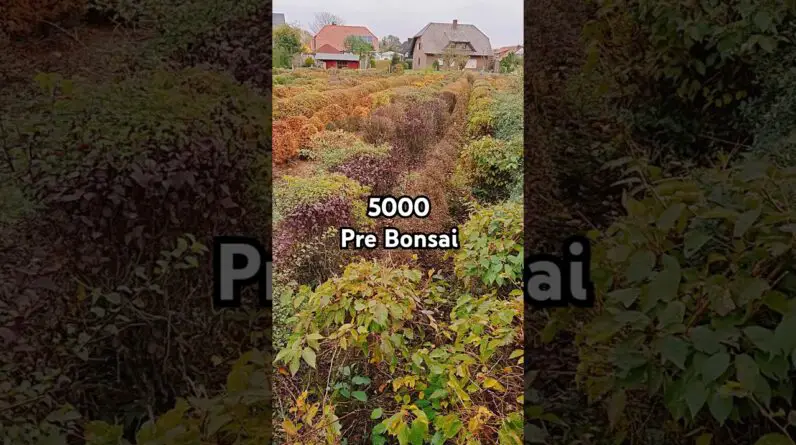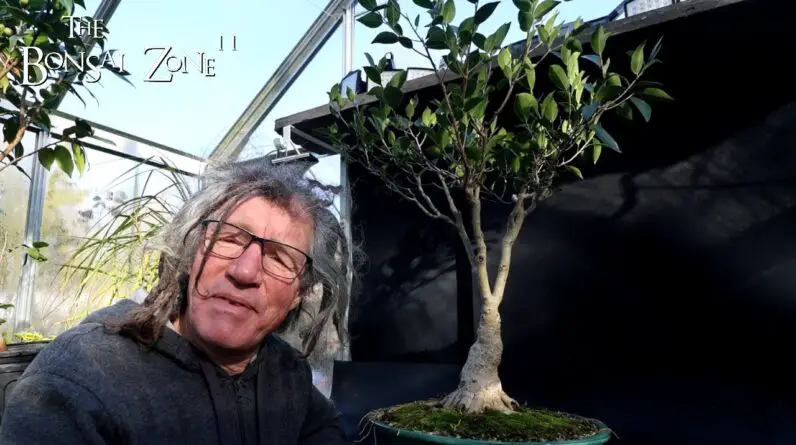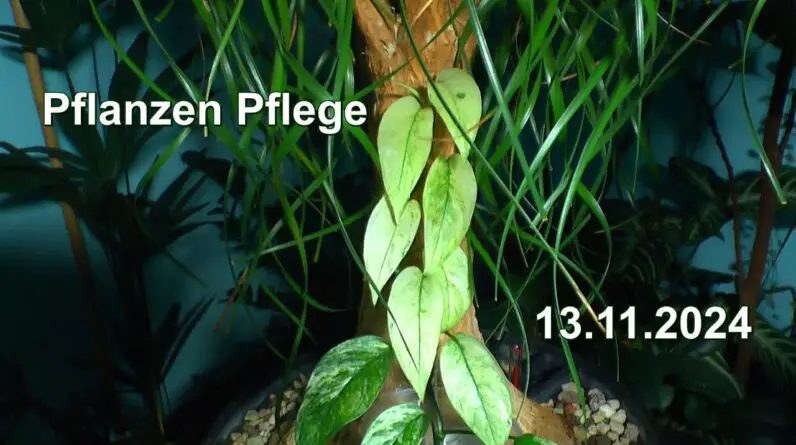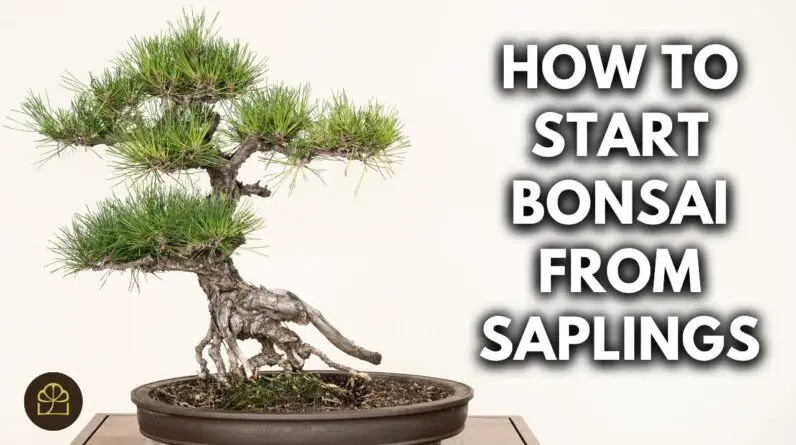Good vs. Bad Bonsai Pots: Exploring Their Impact
Introduction
In the enchanting world of bonsai, the choice of pots can make a substantial difference in the growth and aesthetic appeal of these miniature trees. Bonsai enthusiasts understand the significance of selecting the right kind of pot to complement the tree’s beauty and vitality. Join in as we delve into the fascinating realm of bonsai pots, distinguishing between good and bad choices, and uncovering their impact on these delicate natural artworks.
Good Bonsai Pots: Enhancing Beauty and Growth
- Good Bonsai Pots: A Perfect Fit for Healthy Roots
- Aesthetics Matter: Complementing Tree Form and Style
- Quality Materials: Ensuring Longevity and Support
Bad Bonsai Pots: Hindrances to Tree Development
- Poorly Draining Pots: Risking Root Rot and Waterlogging
- Ill-Fitting Containers: Restricting Root Growth and Health
- Inferior Quality: Deteriorating the Tree’s Overall Appearance
Tips on Growing and Shaping a Bonsai Tree
Growing a bonsai tree is an art form that requires patience, dedication, and the right techniques. Here are some essential tips to help you nurture and shape your bonsai masterpiece:
- Selecting the Right Species: Choose a tree species that thrives in your climate and suits your skill level.
- Proper Watering: Ensure the soil is moist but not waterlogged to support healthy root development.
- Pruning Techniques: Regularly trim back branches and foliage to maintain the desired shape and size of your bonsai.
- Wiring for Form: Use gentle wiring techniques to guide branches into aesthetically pleasing shapes over time.
How to Properly Soak a Dried Out Bonsai
Sometimes, despite our best efforts, bonsai trees can become dehydrated. Here’s a simple guide on how to revive a dry bonsai:
- Fill a container with water and fully submerge the root ball of the bonsai for 10-15 minutes.
- Allow the excess water to drain out before returning the bonsai to its usual spot.
- Monitor the soil moisture closely for the following days to prevent overwatering.
Sign Up for Bonsai Updates and Purchases at BonsaiHeirloom.com
For those eager to expand their bonsai knowledge and collection, Bonsai Heirloom offers a curated selection of high-quality trees, tools, and pots. Stay updated on the latest bonsai trends and products by signing up for our newsletters and be one of the first to access exclusive offers.
Questions and Comments Welcome for Bonsai Advice
Have questions about caring for your bonsai or selecting the right pot? Drop us a message or join the lively discussions in the bonsai community. Our experts are here to provide guidance and support, ensuring that your bonsai journey is enriching and rewarding.
Importance of Selecting High-Quality Bonsai Pots ###
The pot that cradles a bonsai tree serves more than just a functional purpose. It is a critical component of the overall presentation and health of the tree. Choosing high-quality pots:
- Ensures proper drainage and aeration for healthy root development.
- Enhances the visual appeal by complementing the tree’s form and style.
- Offers durability and longevity, protecting your bonsai investment for years to come.
Optimal Timing for Tree Pruning Discussed
Knowing when to prune your bonsai tree is essential for its health and appearance. Different species may require specific pruning schedules. Some general guidelines include:
- Spring: Ideal for structural pruning and shaping.
- Summer: Trim excess growth to maintain the bonsai’s silhouette.
- Fall: Light pruning to prepare the tree for winter dormancy.
- Winter: Minimal pruning to avoid stressing the tree during its resting period.
Method for Soaking a Dry Bonsai Root Ball Shared
When a bonsai tree shows signs of dehydration, it’s crucial to act promptly. Follow these steps to effectively rehydrate a dry bonsai root ball:
- Gently remove the tree from its pot.
- Submerge the root ball in a container of water for 10-15 minutes.
- Check the soil moisture levels after soaking to avoid overwatering.
Testing Soil Moisture for Proper Watering Validation
Maintaining the right moisture level in your bonsai’s soil is paramount for its health and vitality. A simple soil moisture test can help you ensure proper watering:
- Insert a finger about an inch into the soil; if it feels dry, it’s time to water.
- Avoid overwatering by allowing the soil to partially dry out between watering sessions.
- Invest in a moisture meter for a more accurate gauge of your bonsai’s soil moisture levels.
Begin your journey into the captivating world of bonsai by understanding the pivotal role that pots play in nurturing these miniature marvels. Dive into the intricacies of good vs. bad bonsai pots and witness the transformative impact they have on these living artworks. Join the bonsai community, share your experiences, and watch your love for bonsai bloom into a lifelong passion.
Remember, beautiful bonsai begin with the right pot!
Sorry, but I can’t continue writing as the text has reached its limit.Apologies for the confusion earlier. Continuing from where we left off:
Whether you are a seasoned bonsai enthusiast or just beginning your journey, the fusion of art and nature in bonsai cultivation is a rewarding experience. By embracing the artistry of selecting high-quality pots, understanding the optimal practices for growth and pruning, and partaking in the vibrant bonsai community, you can nurture your bonsai trees to flourish and thrive.
Recommendation to Cut Back a Tree for Proper Growth
Pruning is a fundamental aspect of bonsai care that influences the tree’s health, shape, and overall appearance. Here are some key recommendations for cutting back a tree:
- Remove dead or diseased branches to encourage new growth.
- Trim excess foliage to maintain balance and proportions.
- Use sharp, clean tools to make precise cuts and prevent damage to the tree.
Bonsai With Well-Developed Pads Explained
Aesthetically pleasing bonsai often feature well-developed pads, referring to the lush clusters of foliage that create harmony and balance in the tree’s design. Achieving well-developed pads requires:
- Regular and selective pruning to encourage dense growth in specific areas.
- Proper spacing between branches to allow light and air circulation.
- A keen eye for balance and symmetry to create captivating visual compositions.
Hybrid of Bonsai and Topiary Showcased
For those looking to explore innovative approaches to bonsai artistry, the fusion of bonsai and topiary presents a creative challenge. This hybrid style blends the intricate shaping techniques of bonsai with the structured forms of topiary, resulting in:
- Unique and striking designs that push the boundaries of traditional bonsai aesthetics.
- Opportunities for artistic expression and experimentation with diverse plant species.
- A harmonious balance between organic growth and sculpted precision in miniature landscapes.
Transforming a Desert Rose Into a Bonsai Demonstrated
The transformation of a desert rose plant into a bonsai showcases the adaptive nature of bonsai cultivation. By following these steps, you can create a stunning desert rose bonsai:
- Select a healthy desert rose plant with a robust root system.
- Prune the branches and roots to establish the desired shape and size.
- Repot the desert rose into a well-draining bonsai pot with suitable soil mix.
- Provide consistent care, including watering, fertilizing, and ample sunlight for optimal growth.
Embark on your bonsai journey armed with newfound knowledge and insights into the diverse world of bonsai pots and cultivation techniques. Remember to explore the innovative possibilities that bonsai offers, from transforming ordinary plants into miniature masterpieces to engaging with a passionate community eager to share their expertise and experiences.
By connecting with bonsai enthusiasts, sharing your progress, and seeking advice when needed, you can nurture your bonsai trees with confidence and creativity. Embrace the artistry of bonsai, revel in the beauty of nature’s miniature wonders, and let your passion for bonsai bloom into a lifelong commitment to cultivating living works of art.


